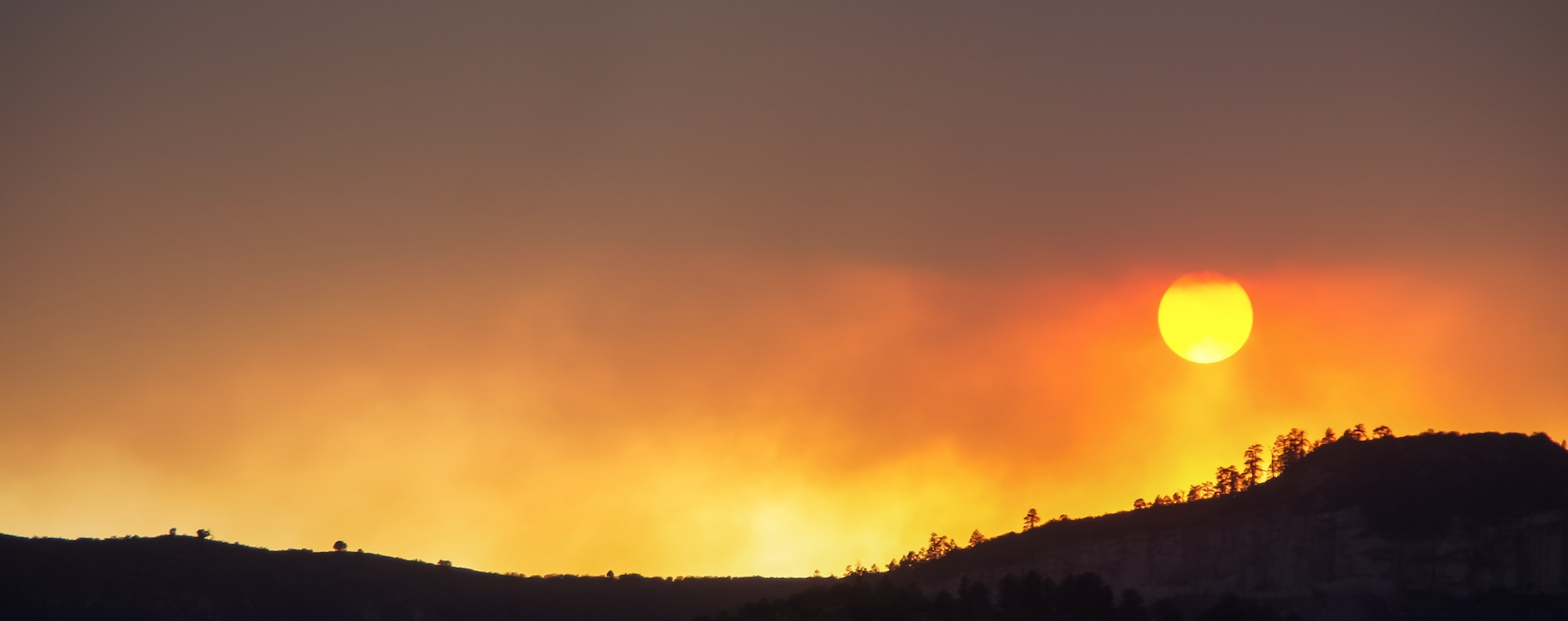News & Updates
Up in Flames


The world watches as Australia continues to burn. Bushfires had already devastated more than 15.6 million acres when this piece was penned, with 25 humans perishing and an estimated half-billion wildlife dead. You may have seen the iconic view of Sydney Harbor enshrouded in smoke, as well as heartbreaking photos of heavily burned koalas wandering in their slow gait from the flames.
Australia has an incredibly unique ecosystem with over 100 species of animals endemic to the island continent. As the landscape has been populated with humans, these animals have moved into the dense parts of the bush. Their homes are not only being decimated, but many believe that this fire could cause a biological Armageddon of sorts, as entire species and a whole ecosystem could be wiped out.
This is the hottest, driest year on record in Australia. A naturally-occurring phenomenon called the Indian Ocean Dipole—higher than usual sea surface temperature variance in opposing parts of the Indian Ocean—is reported to be at play. Then there is climate change. According to NASA, 97% of climate scientists agree that climate warming trends are “extremely likely due to human activity” and these two factors have created a deadly recipe in Australia. We all have the opportunity to learn from it.
 Technically it is fire season in the country. Australia has a National Centre for Research in Bushfires and Arson, and its co-director, Dr. Paul Read, says there are about 62,000 in the country every year. The Centre’s data reports that 31,000 of those fires are deliberately started or that there is suspicion around the fire’s origin. While the reasons people start fires are varied and complex, there is certainly an element at play among a portion of these fires that have to do with basic lack of respect, reverence and stewardship for the land.
Technically it is fire season in the country. Australia has a National Centre for Research in Bushfires and Arson, and its co-director, Dr. Paul Read, says there are about 62,000 in the country every year. The Centre’s data reports that 31,000 of those fires are deliberately started or that there is suspicion around the fire’s origin. While the reasons people start fires are varied and complex, there is certainly an element at play among a portion of these fires that have to do with basic lack of respect, reverence and stewardship for the land.
Building a world that, at its core, celebrates the wonder of nature will not prevent wildfire, yet it could be a mitigating factor and even a key as our planet carries our ever-expanding weight into the future. In the way we design all that we do with Leave No Trace, we are working to build a culture of respect for each other and the natural world. Review our recommendations for campfire safety, general information about minimizing fire impacts when you’re in the outdoors, and more. The time is now. Leave No Trace.
Related Blog Posts
Let’s protect and enjoy our natural world together
Get the latest in Leave No Trace eNews in your inbox so you can stay informed and involved.

